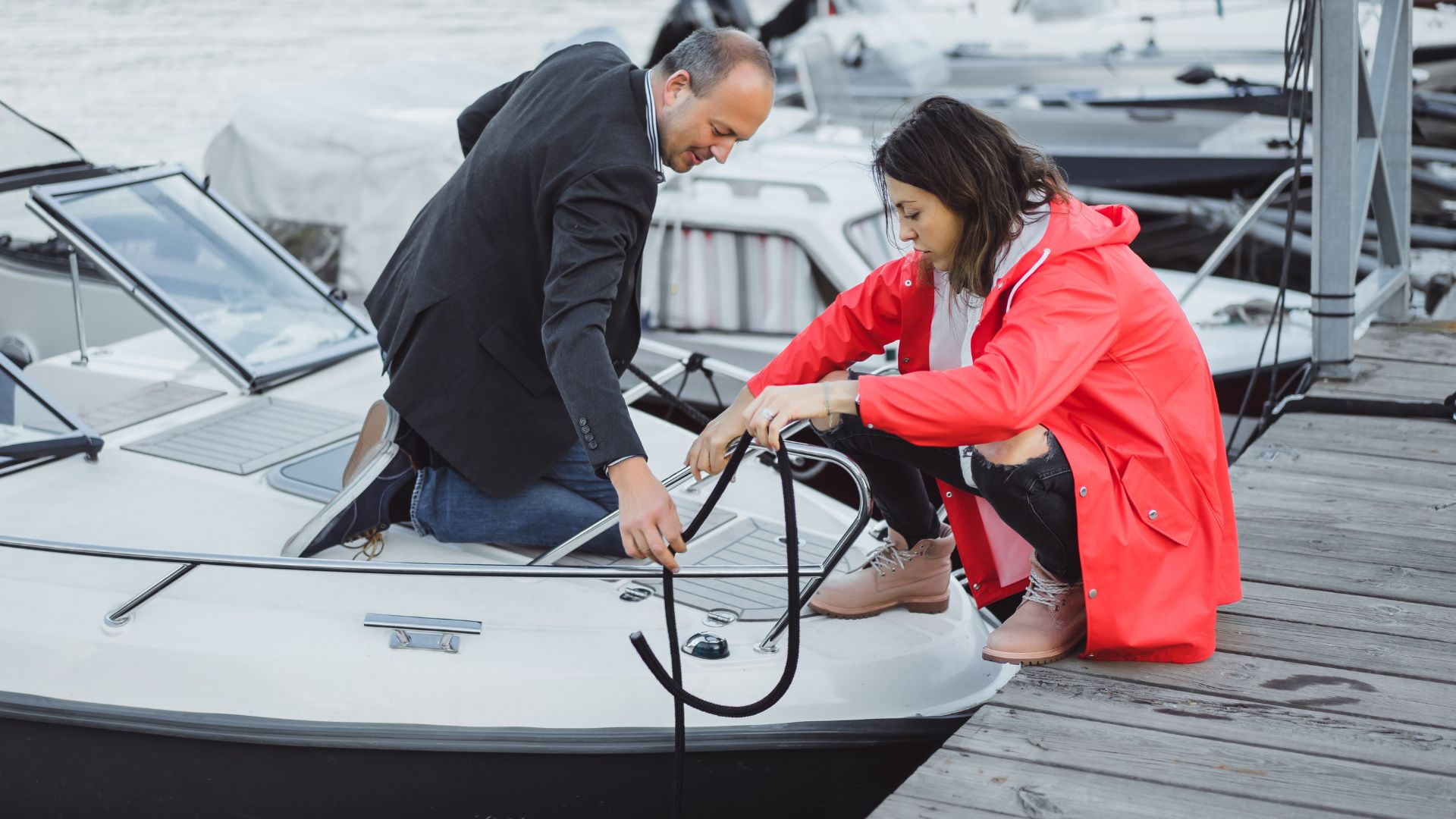Proper off-season boat storage is crucial for maintaining its condition and readiness for warmer weather. Neglecting storage precautions can lead to costly repairs, reduced performance, or long-term damage. Understanding the essentials of off-season storage, including winterizing the engine and choosing between indoor and outdoor storage, protects your investment and extends the boat’s lifespan. Taking the time now ensures a safer, smarter start to your next boating season.
Why Off-Season Boat Storage Matters
Seasoned boaters understand that a boat’s well-being is determined just as much by how it is cared for off the water as while it’s afloat. Off-season storage is crucial in extending your boat’s life, maintaining its performance, and retaining its resale value. Without proper storage protection, boats become vulnerable to various issues: damage from harsh weather, wear and fade from UV rays, rodent infestations, and even theft. With options like boat storage in Dutch, Utah, and similar facilities nationwide, owners can ensure their investments are shielded from these risks when boating activities pause for the season. The importance of storage is driven home every year as stories emerge of damage caused by neglect—cracked hulls resulting from ice, electrical failures from unchecked leaks, or upholstery ruined by pests. Avoiding such problems often comes down to taking steps before you store them.
Choosing the Best Storage Option
The choice of boat storage depends on your priorities: protection, convenience, budget, and space. Popular options include indoor storage, outdoor covered storage, and dry-stack storage. Indoor storage offers controlled temperature, full shelter, and enhanced security, making it ideal for larger, newer, or luxury vessels. Outdoor covered storage is cost-effective but shields the boat from sun and precipitation, not temperature extremes. However, condensation and storms may still pose a concern. Dry-stack storage is popular for smaller boats and saves space by stacking ships off the ground. It offers added security and can prevent hull blistering but may limit access for do-it-yourself checks and maintenance. Consider factors like frequency of boat access, protection level, and budget. Some marinas and private facilities offer services like winterization and basic maintenance, simplifying off-season checklists.
Prepping Your Boat for Storage
Proper boat preparation prevents staining, rot, freezing, and system breakage. Thorough cleaning and draining of onboard water are essential to prevent damage. Oil changes and fogging oil are also necessary to preserve internal parts. Experts suggest removing valuables and sensitive electronics to prevent damage from cold, heat, or thieves. Moisture absorbers like silica gel or dehumidifying packets can help fight mold in closed compartments. Scrub and dry every compartment, install vented covers, disconnect and remove the battery for safety, and securely stow all hardware, lines, and accessories. This preparation can save time and money when it’s time to return to the water.
The Role of Climate in Boat Storage
The storage strategy for your vessel should be based on your local climate. Northern winters require heated indoor storage or meticulous winterization, while southern or coastal climates must protect against humidity, mold, mildew, and musty odors. Good ventilation is crucial to keep interiors fresh and safe from decay. Even mild climates may experience temperature swings that damage finishes and electrical systems. Consult experienced local boaters or marina staff to ensure your approach is climate-smart and tested.
Costs and Considerations
The cost of boat storage is influenced by facility type, location, duration, and boat size. Indoor storage at a popular marina may be more expensive than outdoor space near a rural waterway. Insurance policies often require seasonal storage details to ensure coverage; some even offer discounts for secure commercial facilities. Documenting storage arrangements and reviewing policies annually is crucial to avoid surprises. Keeping a detailed record of payments, covering purchases, and checking-ups helps with future budgeting and reselling. Compare facility quotes, account for boat preparation costs, and consult an agent to ensure your insurance policy is maintained or updated for storage.
Security Essentials for Stored Boats
To protect your stored boat, install high-quality locks on doors, hatches, and trailers, remove personal paperwork and expensive gear, and check for features like fencing, 24-hour surveillance, and on-site security teams. Keep up-to-date photos of your boat and its hull identification number for quick response in case of theft or accident. Regularly visit your stored boat, especially after severe weather events, to catch any developing issues before they escalate. A proactive approach to security will ensure your vessel is safe and ready for next season’s adventures.
Long-Term Benefits of Proper Storage
Over the years, diligent storage practices have yielded better returns and less frustration. Boats that are consistently stored well accumulate fewer repairs, show less cosmetic wear and retain their value better than those left exposed. These boats start and run reliably in the spring, minimizing the chances of trip-ruining surprises on launch day.
Beyond market and performance benefits, responsible storage also grants owners more enjoyable on-the-water experiences since time isn’t wasted dealing with mildew, dead batteries, or seized parts. A small time and financial investment during the off-season reaps dividends in every future outing and in the long-term value of your prized vessel.
Want to hear more tips? Please look at our page for more informative and helpful blog posts.

